Low Inventory Of Homes For Sale
Good Monday Morning!
The inventory of homes for sale in the Eugene and Springfield area is now hovering at right around 2 weeks of active inventory. This means that if there were no new homes to come on the market, the current inventory of homes for sale would be exhausted within a two week time period. Nationally, the inventory of homes for sale is also extremely low, but in most cases not to the extent that we have here in Lane County. The result of this low inventory of homes for sale is that the overall number of homes being sold is also quite low. Mortage interest rates as of Friday had ticked up to around 4%, a marked increase from where we were just 30 days ago. It is evident that the market change that I have predicted is hitting us. Higher interest rates could create less demand and begin the cycle of home inventories beginning to build again. The advice that I would give anyone who is going to sell their home this year is to not wait until Spring. The market is changing and waiting to sell your home could prove costly. Here is an article from Realtor.com" that talks about the recent national home inventory situation.
The numbers: Existing-home sales decreased 4.6% between November and December, hitting a seasonally-adjusted, annual rate of 6.18 million, the National Association of Realtors said Thursday. Compared to a year ago, sales were down more than 7%.
Economists polled by MarketWatch had projected existing-home sales to come in at 6.48 million.
Overall in 2021, though, existing-home sales reached the highest level since 2006, a sign of the strong demand among buyers nationwide in light of the short supply of properties on the market.
“December saw sales retreat, but the pull back was more a sign of supply constraints than an indication of a weakened demand for housing,” said Lawrence Yun, the National Association of Realtors’ chief economist, in the report.
Key details: The inventory of homes for sale fell to the lowest level on record, based on data from the National Association of Realtors. The total inventory of homes for sale dropped 18% between November and December.
Expressed in terms of the months-supply, there was a 1.8-month supply of home for sale in December. A 6-month supply of homes is generally viewed as indicative of a balanced market.
The median price for an existing home was $358,000, up 15.8% from December 2020. Homes remained on the market for 19 days on average, and 79% of the homes sold in December had been on the market for less than a month.
Regionally, every part of the country witnessed a decline in home sales in December, led by a 6.8% downturn in the West.
The big picture: The recent surge in mortgage rates threatens to knock some of the wind out of the housing market’s sails. As of Thursday, the average rate for a 30-year fixed-rate mortgage was 3.56%, according to Freddie Mac. That represents the highest level for mortgage rates since March 2020, when the pandemic became a major concern in the U.S.
With a backdrop of still-rising home prices, some buyers will face greater affordability challenges in the high-rate environment. Still, the other factors that have fueled the rise in home sales over the past two years remain, including the shift to remote work and the resounding emergence of millennial buyers. In the near term, the prospect of rising interest rates could cause some buyers to rush to lock in deals.
Looking ahead: “Low mortgage rates and a pandemic-related desire for ‘more house’ continued to fuel demand, despite surging prices,” Priscilla Thiagamoorthy, an economist with BMO Capital Markets, said in a research note.
Have An Awesome Week!
Stay Healthy! Stay Safe! Remain Positive! Trust in God!
THIS WEEKS HOT HOME LISTING!
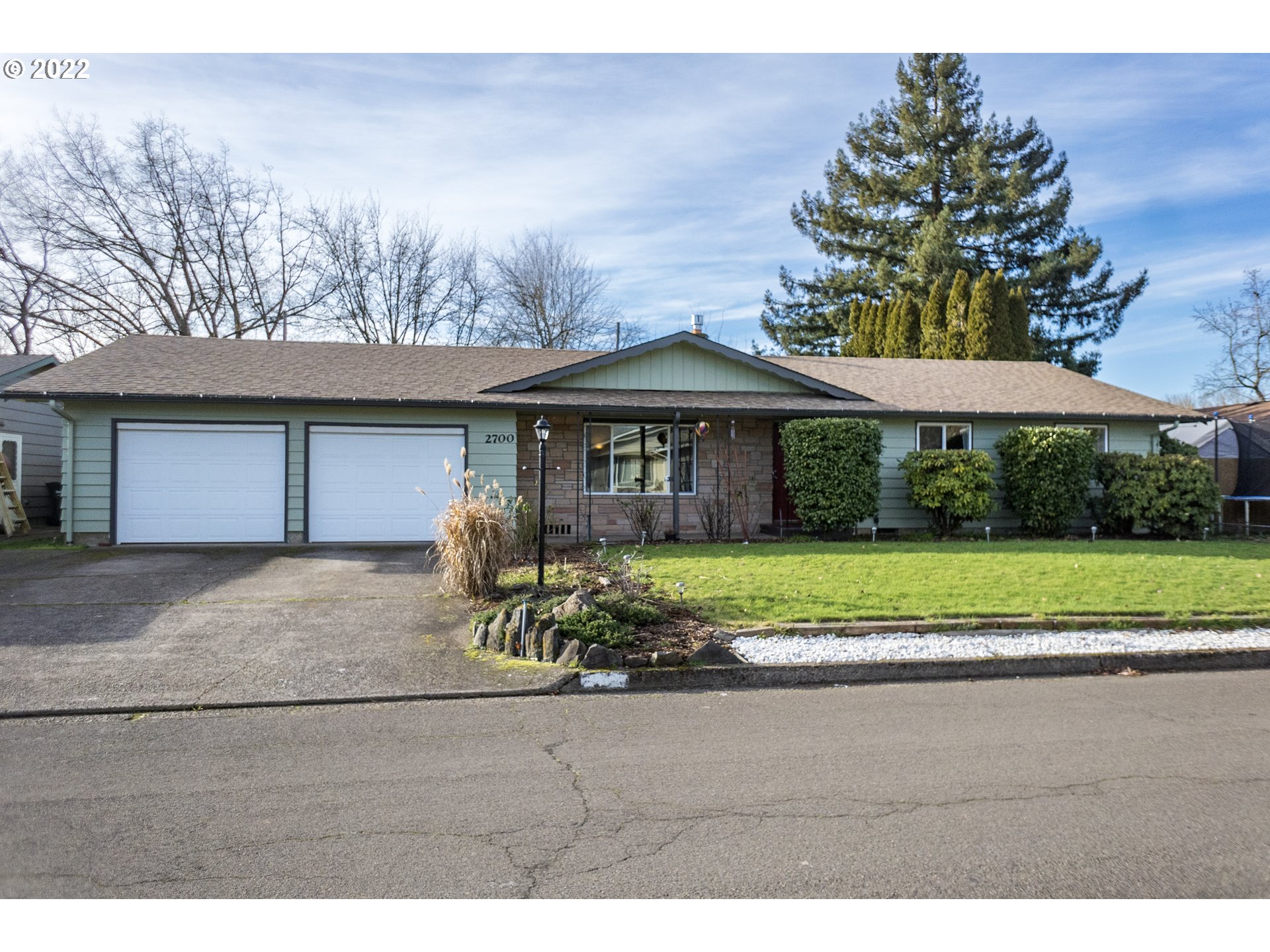 2700 5th Street, Springfield, OR
2700 5th Street, Springfield, OR
Price: $459,900 Beds: 3 Baths: 2.0 Sq Ft: 1391
Fantastic single level Hayden Bridge ranch style home w/ backyard access to Royal Delle Park. Tastefully remodeled two years ago w/ new hardwood floors & tile, quartz counters, soft close cabinetry, stainless steel appliances & a spacious master bat...View this property >>
AND HERE'S YOUR MONDAY MORNING COFFEE!!


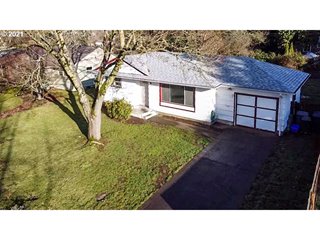 857 Archie St, Eugene,
857 Archie St, Eugene,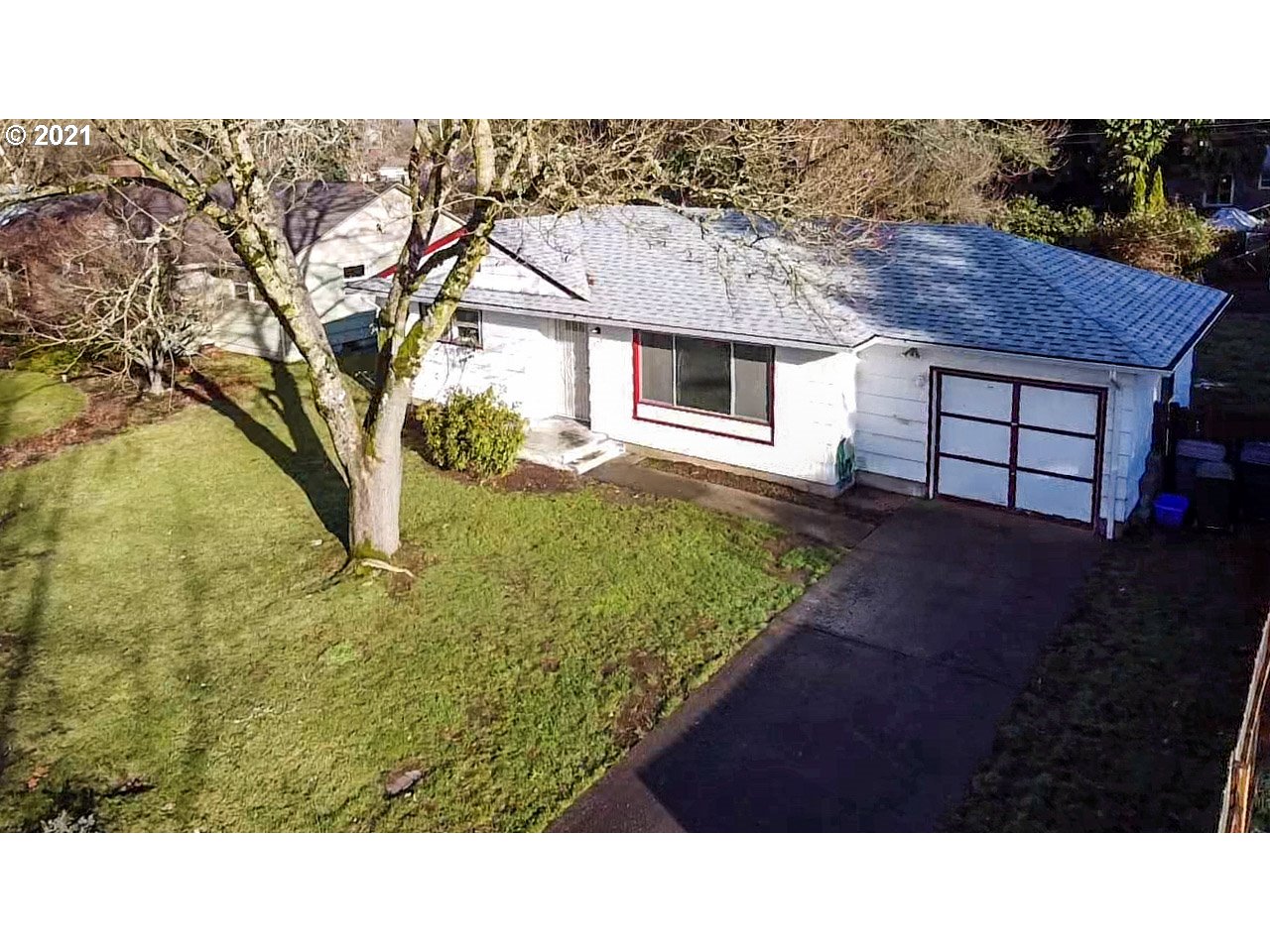 857 Archie St, Eugene,
857 Archie St, Eugene, 1514 NW Parker AVE, Waldport,
1514 NW Parker AVE, Waldport,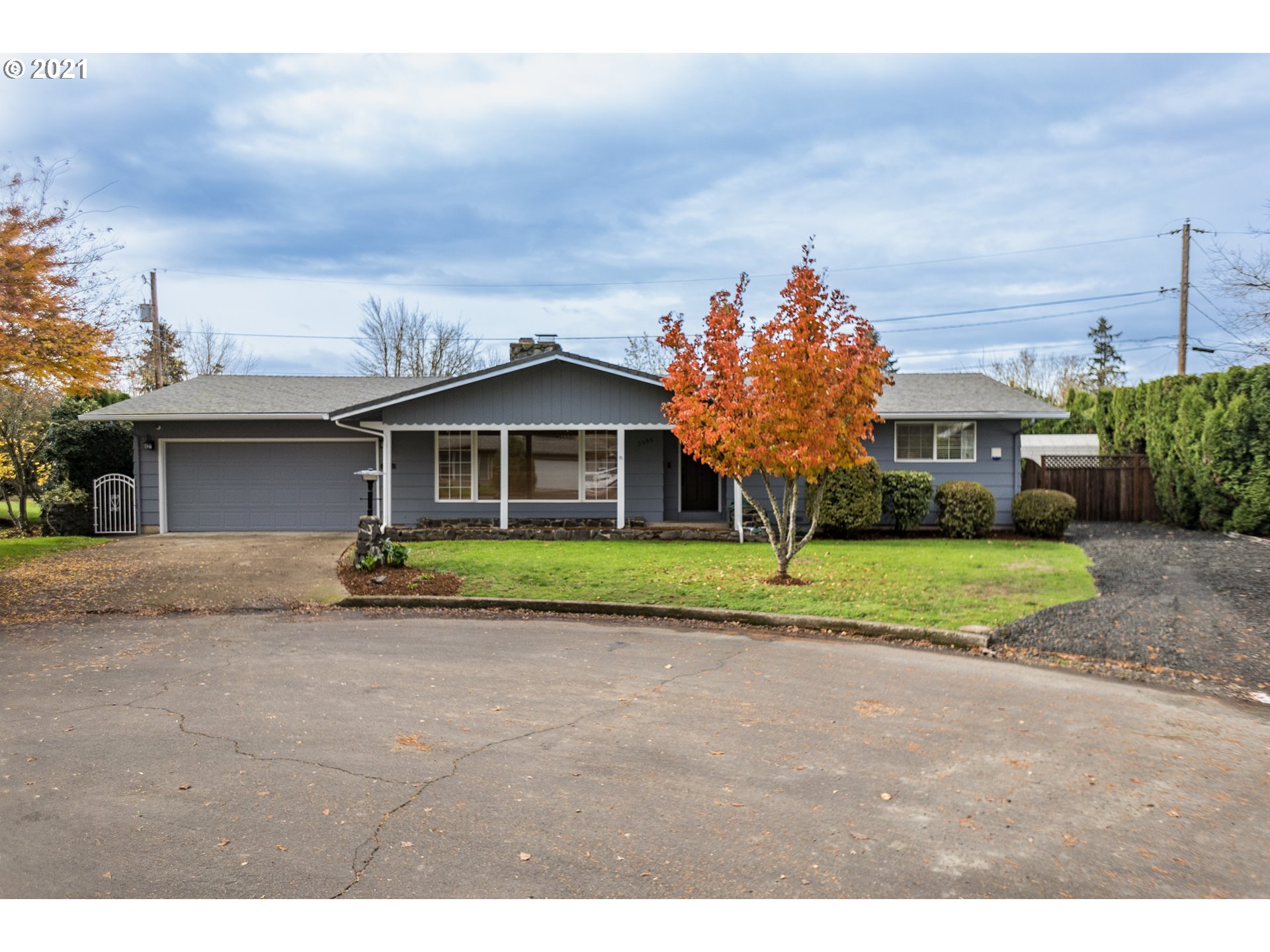 2548 35th Place, Springfield,
2548 35th Place, Springfield, 2947 Dry Creek Rd, Eugene,
2947 Dry Creek Rd, Eugene,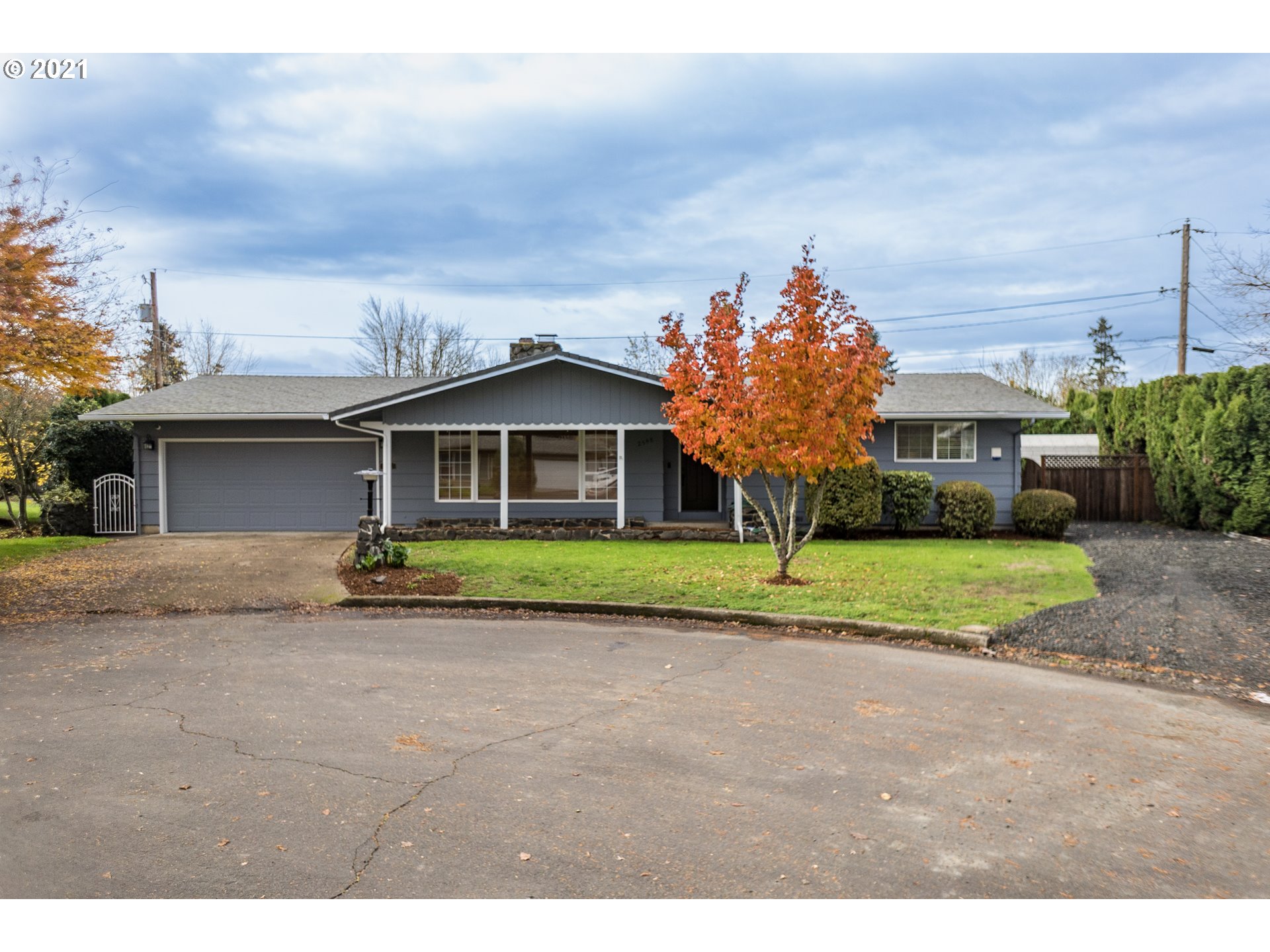 2548 35th Place, Springfield,
2548 35th Place, Springfield,



